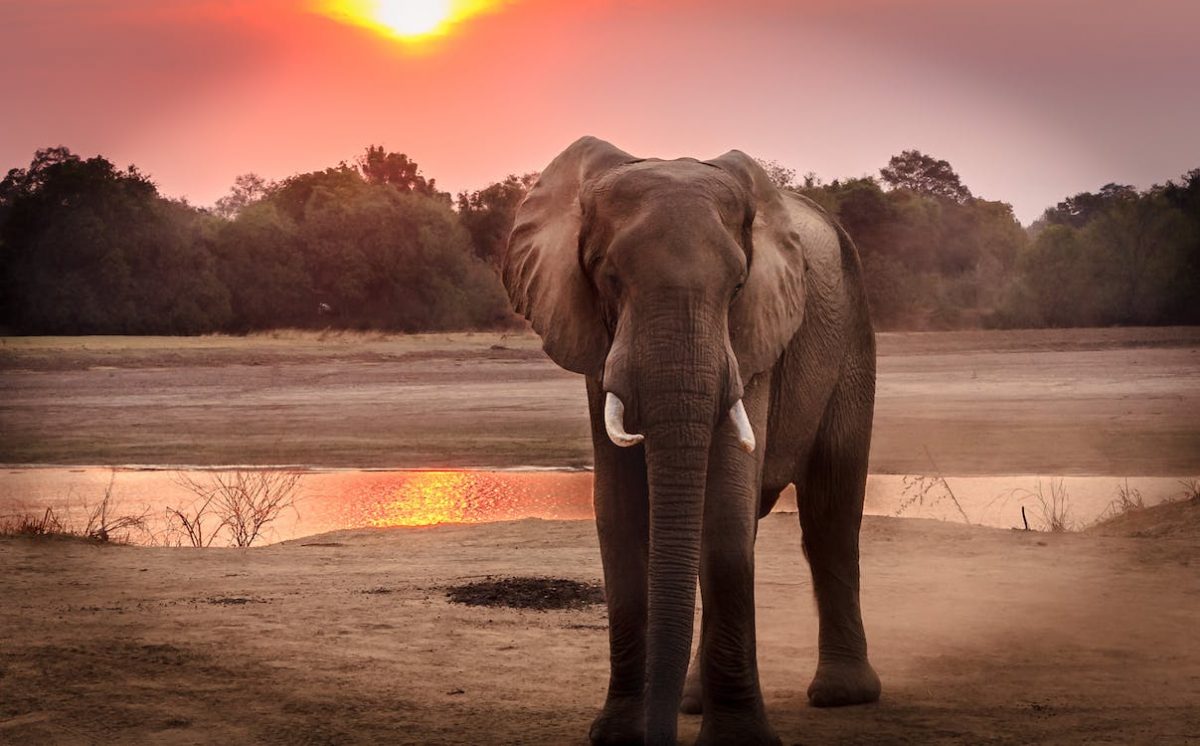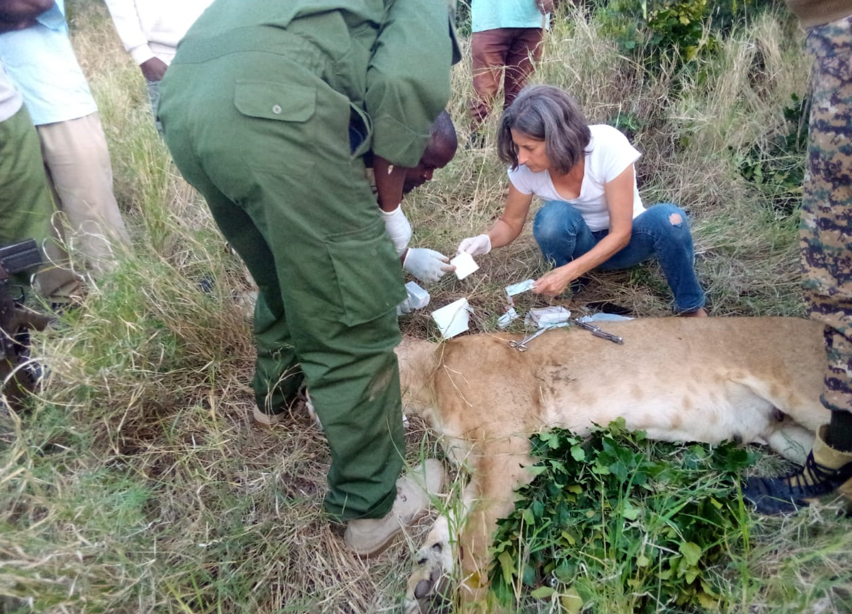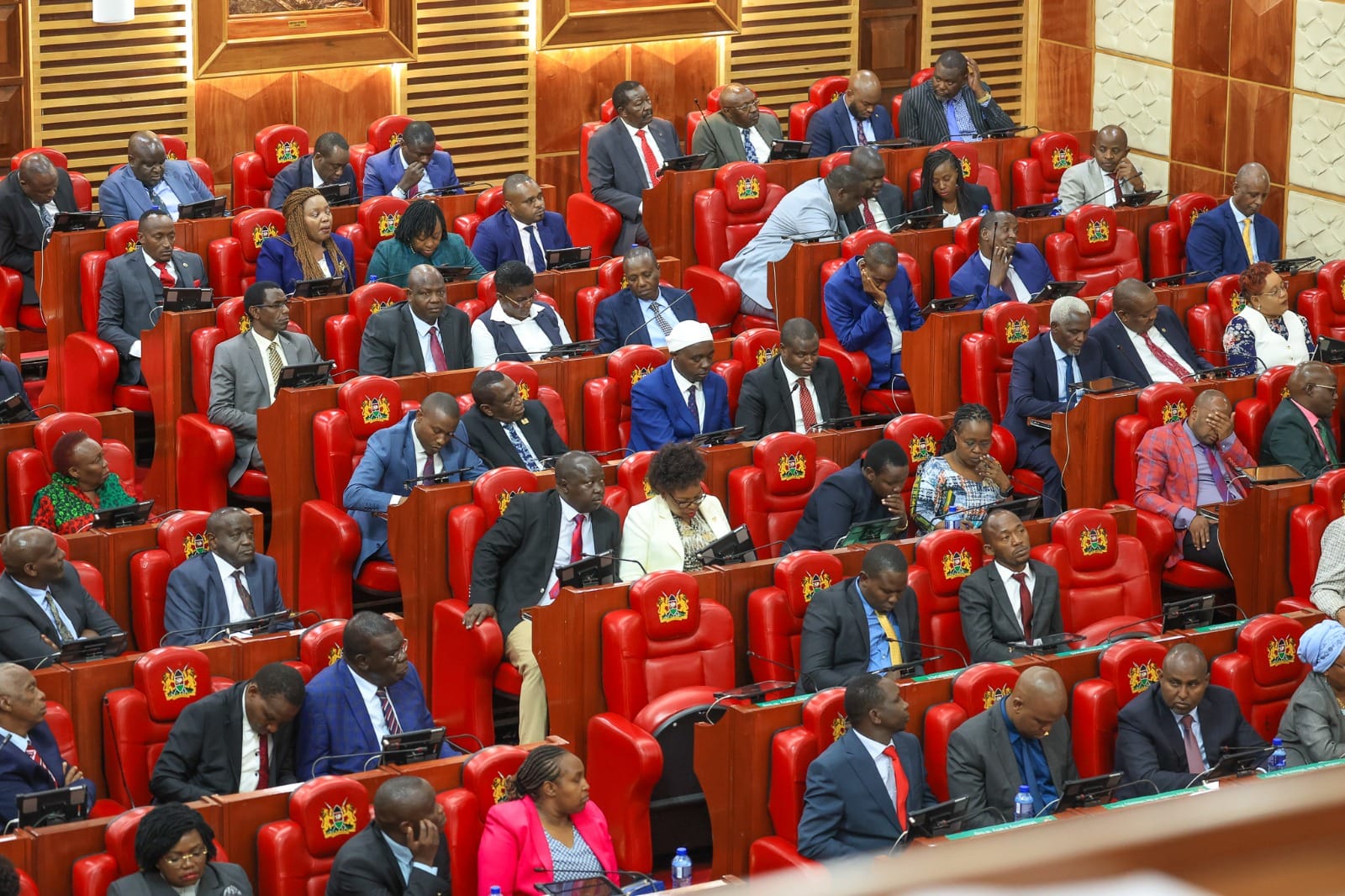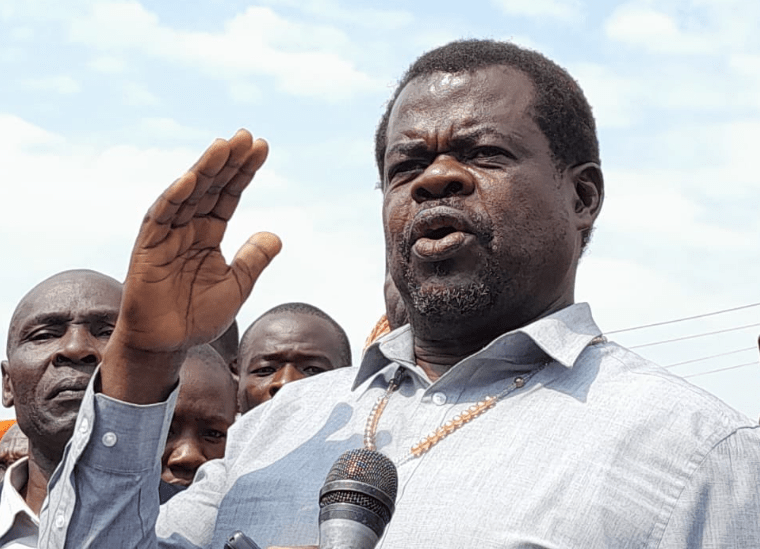KWS: Human-wildlife payouts on the rise
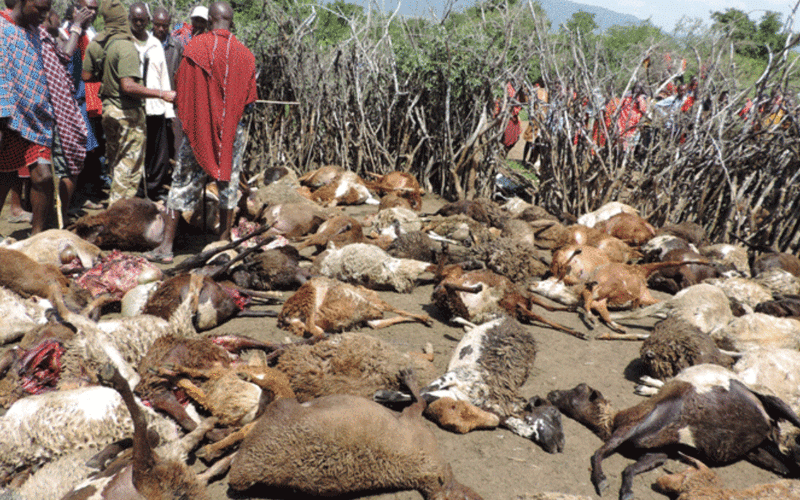
KNA and David Macharia
The rise in human-wildlife conflict incidents has led to high payout costs.
Latest data from Kenya Wildlife Service (KWS) revealed that compensation demands had risen from Sh147 million in 2014/15 Financial Year to Sh569 million in the 2019/20 Financial Year.
Speaking at KWS Training College in Naivasha in Nakuru over the weekend, Wildlife PS Fred Segor said the government has so far spent Sh1.77 billion to compensate wildlife attack victims with death cases taking the lion’s share of the budget.
Between 2017 and 2020, more than 380 Kenyans died after being attacked by wild animals, while 2,080 were left nursing various injuries.
So far, Wildlife department has compensated victims up to 2017, with the government allocating a further Sh524 million in this Financial Year to clear the arrears.
Prof Segor explained that between 2013 and 2017, some 13,125 compensation claims had been presented to the Ministerial Wildlife Conservation and Compensation Committee (MWCCC), with 299 of the cases being human death claims.
Affected families were paid Sh1.48 billion. Prof Segor, however, said an additional 129 death claims worth of Sh571 million were deferred due to lack of relevant documentations and clarifications of incidence narratives.
Current claims
The PS spoke after meeting members of the compensation committee working on the current claims.
He has decried the rising cases of human/wildlife conflicts noting that there was an urgent need to address this and save the government the huge costs of compensation.
On hippo attacks, he admitted that the cases were on the rise mainly around water bodies that had flooded in Rift Valley in the last couple of months.
“In the last couple of months, we have seen an increase in cases of hippo attacks mainly around Lake Naivasha and in the process several people have lost their lives,” he said.
He said the attacks mostly occur in the evenings when the animals emerge to forage for pastures from the shrinking land forcing them to stray into neighboring estates and called on those living around the water bodies to take precautionary measures to reduce the attacks and avert more deaths.
Elsewhere in Nyahururu in Laikipia County, there is rise in human–hippo conflicts in areas surrounding Lake Ol’bollosat.
The increased attacks by hippos has alarmed residents KWS rangers who have been looking for solutions on how to tame the animals and ensure continued peaceful co-existence of people and the animals.
